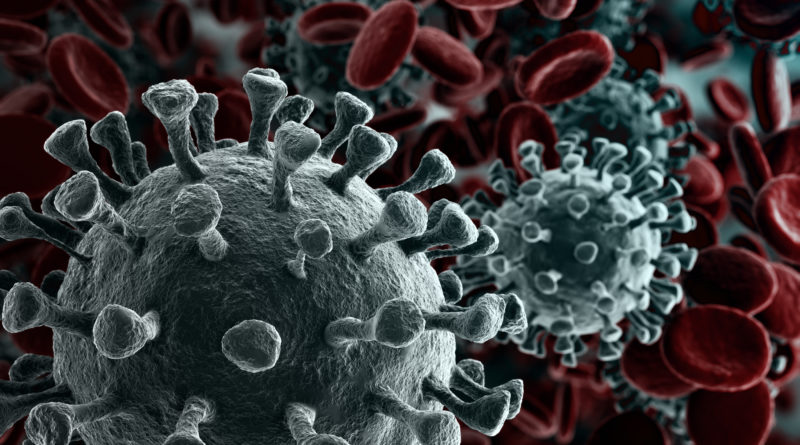Everything You Should Know Now About COVID-19
57,021 total views, 1 views today
It’s been almost the only thing in the news lately: Due to the COVID-19 (coronavirus) pandemic, public spaces around the country are closing, large gatherings are being canceled left and right, and schools are shutting their doors. Between the virus dominating the news and the drastic societal changes that accompany tackling a pandemic, the coronavirus may seem dystopian, if not thoroughly apocalyptic. However, it’s anything but – the measures being taken are preventative, and most people who contract COVID-19 will only experience mild symptoms. Here’s everything you should know now about COVID-19.
What are the symptoms?
One of the most confusing things about COVID-19 is that no two sources can seem to agree on the virus’ telltale symptoms. The Centers for Disease Control (CDC) lists fever, cough, and shortness of breath among the primary symptoms, whereas the World Health Organization (WHO) lists a slightly different set of primary symptoms: fever, tiredness, and dry cough. A chart from Our World in Data paints a more complete picture of COVID-19 symptoms using information collected from 55,924 confirmed Chinese COVID-19 cases, and this data points to the WHO description of symptoms being more accurate. The data also emphasizes that no two coronavirus cases will manifest as the exact same set of symptoms – and some people infected with the virus will never show symptoms.
Most cases are mild
Despite the anxiety – a natural response to widespread closures and event postponements – that coronavirus has caused for many people, COVID-19 is often not severe. 81 percent of the first 44,415 Chinese coronavirus cases were mild infections with no respiratory difficulties. 14 percent of cases included shortness of breath, and five percent included respiratory failure, septic shock, and organ failure. In total, 2.3 percent of the 44,415 cases tallied were deaths.
The challenge with coronavirus is that its most severe cases are clustered among certain demographics. Whereas the fatality rate for people younger than 50 is less than one percent, people ages 50 and above have at least a one percent chance of death – and among people 80 and older, the mortality rate skyrockets to 14.8 percent:
Additionally, immunocompromised people and people with underlying health conditions have higher fatality rates:
These numbers in part explain why the current extreme measures are being taken, but the changes are happening for other reasons, too.
If coronavirus is mild, why are all these changes happening?
Although coronavirus is mild, it will inevitably lead to large numbers of hospitalizations given its fatality rates. The protective measures put in place are intended to ease the burden on the healthcare system and minimize the number of cases to which healthcare professions are tending at any given time. Consider the below chart: Without preventative measures, doctors, nurses, and other healthcare professionals would quickly have more patients than they could tend to, and hospitals would quickly run out of beds and resort to treating people in overcrowded hallways. The ongoing social distancing and self-quarantining measures being advanced are intended to keep the number of coronaviruses manageable for the healthcare system:
What can I do to minimize my chances of getting the coronavirus?
Regularly washing your hands using proper handwashing techniques is key to not getting – or spreading – the coronavirus. If you’re experiencing symptoms, you should self-quarantine, and you may be wise to practice social distancing. This means minimizing the amount of close contact you come into with other people. Avoiding travel may help, but experts say that social distancing is more important than travel bans similar to the one Donald Trump has imposed on European flights. Social distancing may seem depressing, but experts assure people that it’s worthwhile. It may well be life-saving.

